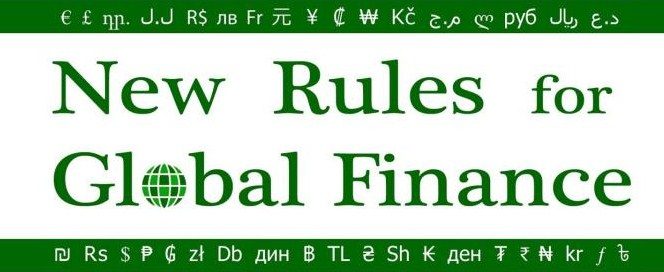State-Contingent Debt
State-Contingent Debt
Recently, the Bank of Canada and the Bank of England released a joint study outlining the equity and efficiency problems with the current approach to sovereign debt restructuring, and arguing that to address these problems “private creditors should play a greater role in risk-sharing and helping to resolve sovereign debt crises” (Brooke et al. 2013: 1). To do this, they propose the introduction of two complementary types of ‘state-contingent debt’ – ‘sovereign cocos’ and ‘GDP-linked bonds’ – both of which are extensions of the contractual approach. “Sovereign cocos,” the authors explain, “are bonds that would automatically extend in repayment maturity when a country receives official sector emergency liquidity assistance” (Brooke et al. 2013: 1).
By bailing-in creditors in a transparent, predictable, and credible manner ex post, cocos would temper imprudent lending practices ex ante and thus reduce creditor moral hazard and the likelihood of sovereign debt crises erupting in the first place. In other words, since creditors would no longer be able count on full repayment by the official sector during crises, they would be more risk-averse in their lending practices, in turn giving sovereign debtors less “rope to hang themselves” with. In the past, commitments by the official sector to bail-in creditors have failed to reduce moral hazard because they lacked credibility. But the automaticity of the bail-in procedure specified in cocos would make them much more credible, and therefore effective, in discouraging imprudent lending and borrowing during normal times.
Furthermore, “the activation of sovereign cocos would significantly alter burden-sharing between private creditors and the official sector/taxpayers, reducing the required size of official sector emergency loans” (Brooke et al. 2013: 9). Arguably, then, sovereign cocos would be more effective at preventing crises and more equitable in resolving them. And while sovereign cocos are apt to address liquidity problems rather than solvency ones, the activation of cocos can help to “buy time to make a fuller assessment of debt sustainability and, if need be, to undertake debt restructuring negotiations in an orderly way” (Ibid: 9).
To optimize this contractual approach, the authors argue that sovereign cocos could and should be accompanied by ‘GDP-linked bonds’ – that is, bonds that directly link principal and interest payments to the nominal level of a country’s GDP (Brooke et al. 2013). GDP-linked bonds ensure, in other words, that when a country’s GDP is reduced, so too are the principal and interest payments on its sovereign debt. Sovereign cocos and GDP-linked bonds are complementary insofar as the former helps tackle liquidity crises while the latter helps reduce the likelihood of solvency crises. As the authors explain, “GDP-linked bonds provide a form of ‘recession insurance’ that reduces principal and interest payments when a country is hit by a negative growth shock,” and this “helps to both stabilize the debt-to-GDP ratio and increase a sovereign’s capacity to borrow at sustainable levels” (Brooke et al. 2013: 1). Although they have not yet been implemented, GDP-linked bonds are not an entirely new idea. A number of scholars have studied and highlighted the benefits of GDP-linked bonds (Schiller 1993, 2003; Barro 1995; Chamon and Mauro 2005; Ruban, Poon, and Vonatsos 2008).
Both sovereign cocos and GDP-linked bonds are state-contingent debt instruments, meaning that they are defined written into bond contracts at the time of issuance. In terms of political acceptability, this point is potentially important. While statutory arrangements (such as the SDRM) have historically failed to generate sufficient political support (Helleiner 2008), contractual mechanisms have at least some record of success. As Brooke et al. (2013) point out, the widespread adoption of CACs in the mid-2000s provides historical precedent for changes to the contractual terms of sovereign debt.
